There is no denying it : sometimes it’s a pain to navigate through all the baking vocabulary. Like, all the types of flour, or the difference between baking soda and baking powder. If it’s different, don’t give it almost the same name!
But don’t worry, I got you. I’ll explain everything, and I’ll make it so simple that you won’t even have to come back to this article (well come back to the blog, to say hi, from time to time).

Published: November 19, 2024 by Pamela
This post may contain affiliate links. Please read our disclosure policy.
Ok so, Baking powder is a leavening agent used in baking to help baked goods rise. It’s a mix of baking soda, an acidic ingredient (like cream of tartar), and sometimes a starch to keep it from clumping.
When you add baking powder to your batter or dough and pop it in the oven, it releases carbon dioxide gas (boring detail but now you know), which makes your treats fluffy and light.
So basically, it’s like a magic ingredient that gives your cakes, cookies, and muffins that perfect puffiness.
You might say “Does baking powder have baking soda in it?”
Yup.
So can you make Baking Powder with Baking Soda?
The short answer is, yes. Truth is, baking powder = baking soda + an acidic ingredient.
It’s as simple as that.
Baking soda is like my nice Grandma Lola, it can clean, but it can also make fluffy and light cakes.
So, one more time.
Baking soda alone : good for cleaning, or absorbing odours.
If you mix it with an acidic agent, like buttermilk, yogurt, lemon juice, or vinegar. You get its cousin : baking powder.
Baking powder makes you cake light and fluffy.
If you need a way to remember which is which, just think about sodas, most of them are acidic, like Coca-Cola. Well, add more acid, and you get something useful for baking.
Tada, Baking Powder.
But what about using them in recipes?
Here’s the scoop: Baking soda is often used in recipes that already contain acidic ingredients, like buttermilk or yogurt; just like in my Chocolate Cake Recipe, you can see it has both buttermilk and baking soda.
Baking powder is more commonly used in recipes that don’t have those acidic components. A good example is my Vanilla Cake Recipe that does not contain an acid ingredient and uses baking powder instead of baking soda.
Can you Substitute Baking Soda and Baking Powder?
And if you find yourself in a pinch without one or the other, don’t worry! You can make substitutions. For example, if you’re out of baking powder, you can use baking soda instead by increasing the quantity and adjusting the acidity in the recipe.
What is the baking powder and baking soda ratio in cakes?
Here’s a handy guide to help you nail the right amounts:
Baking Soda: Typically, you’ll need about 1/4 teaspoon of baking soda for every 1 cup of flour in a recipe. However, if the recipe contains acidic ingredients like buttermilk or lemon juice, you may need to adjust the amount accordingly. As a rule of thumb, aim for around 1/2 to 1 teaspoon of baking soda for every 1 cup of acidic ingredients.
Baking Powder: The general rule for baking powder is 1 to 2 teaspoons for every 1 cup of flour. This provides enough leavening power to help your baked goods rise without imparting any unwanted flavors. But, if you’re using a recipe that already contains acidic ingredients, you may need to reduce the amount of baking powder and add a bit more baking soda to maintain the balance.
It’s always a good idea to follow the recipe, but if for some reason, you need to make a change, a little experimentation in the kitchen can go a long way. So don’t be afraid to tweak the amounts until you find the perfect balance for your taste buds.
Ok but why do some recipes use both baking powder and baking soda?
Can you use baking Powder and Baking soda at the same time?
You sure do! When you’re making a cake, cookies, or something like that, and you want them to be fluffy and just right, you use both baking powder and baking soda. This combo is great when your recipe has a little bit of acidic ingredient like yogurt or lemon, but not enough to make the baking soda work all by itself. So, adding both gives your treats the perfect puff and colour.
The Red Velvet Cake is a classic example. It has acidic ingredients like buttermilk and vinegar, which react with baking soda, but to ensure the cake rises perfectly and gets that iconic tender crumb, you add baking powder as well. This way, the cake gets enough lift from the baking soda reacting with the acids, and the baking powder ensures it rises evenly and stays fluffy throughout the baking process. So, combining both leavening agents gives your red velvet cake, or any baked good, the ideal rise and texture.
I hope this clears it !
Thanks for reading and come back soon


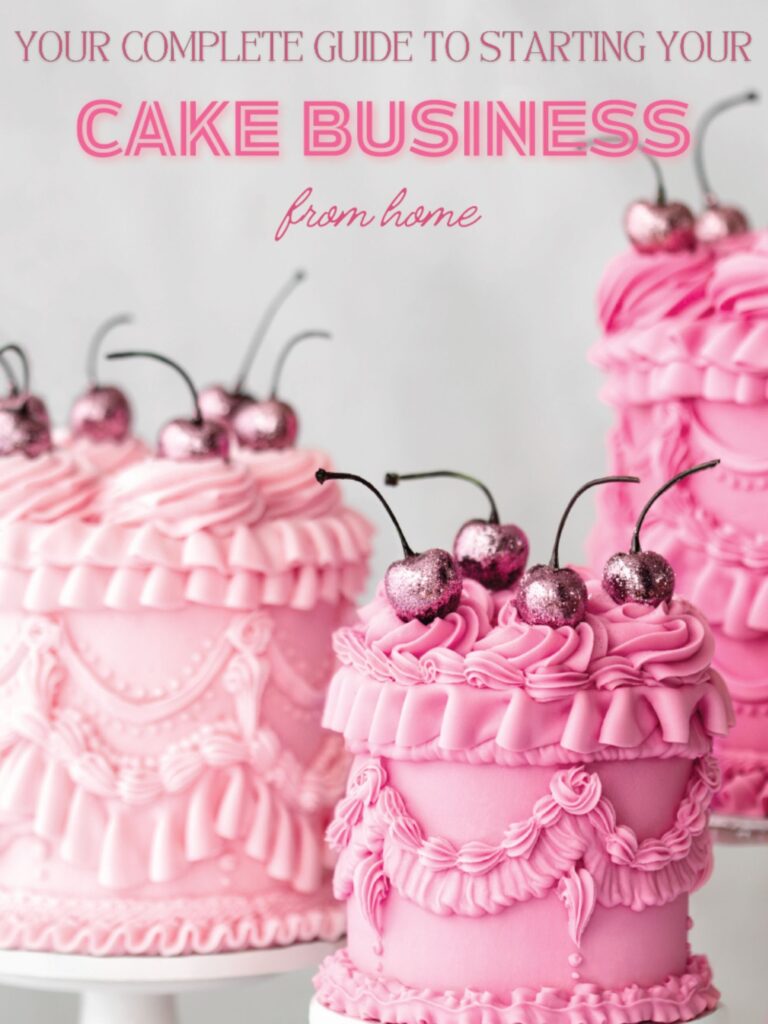
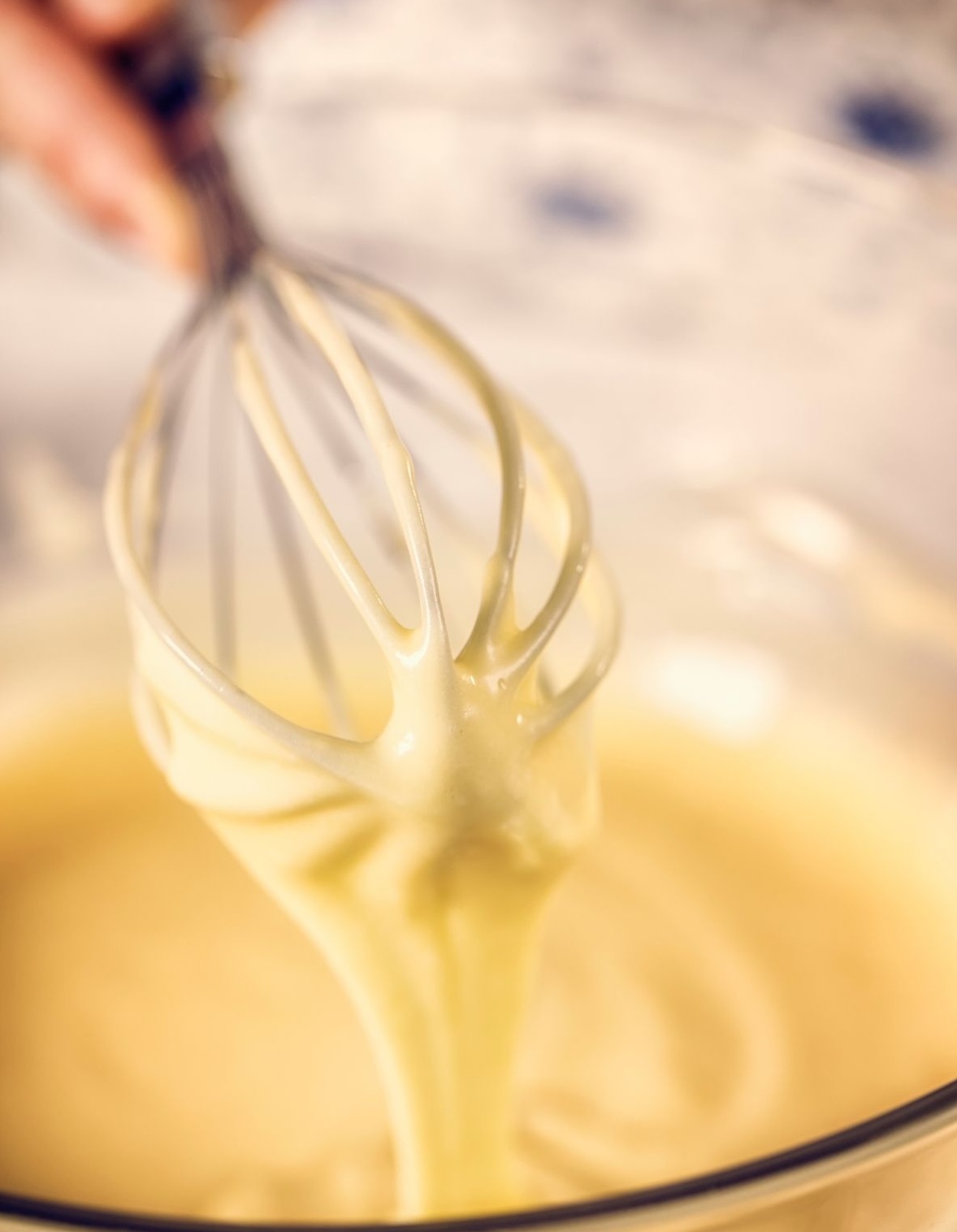
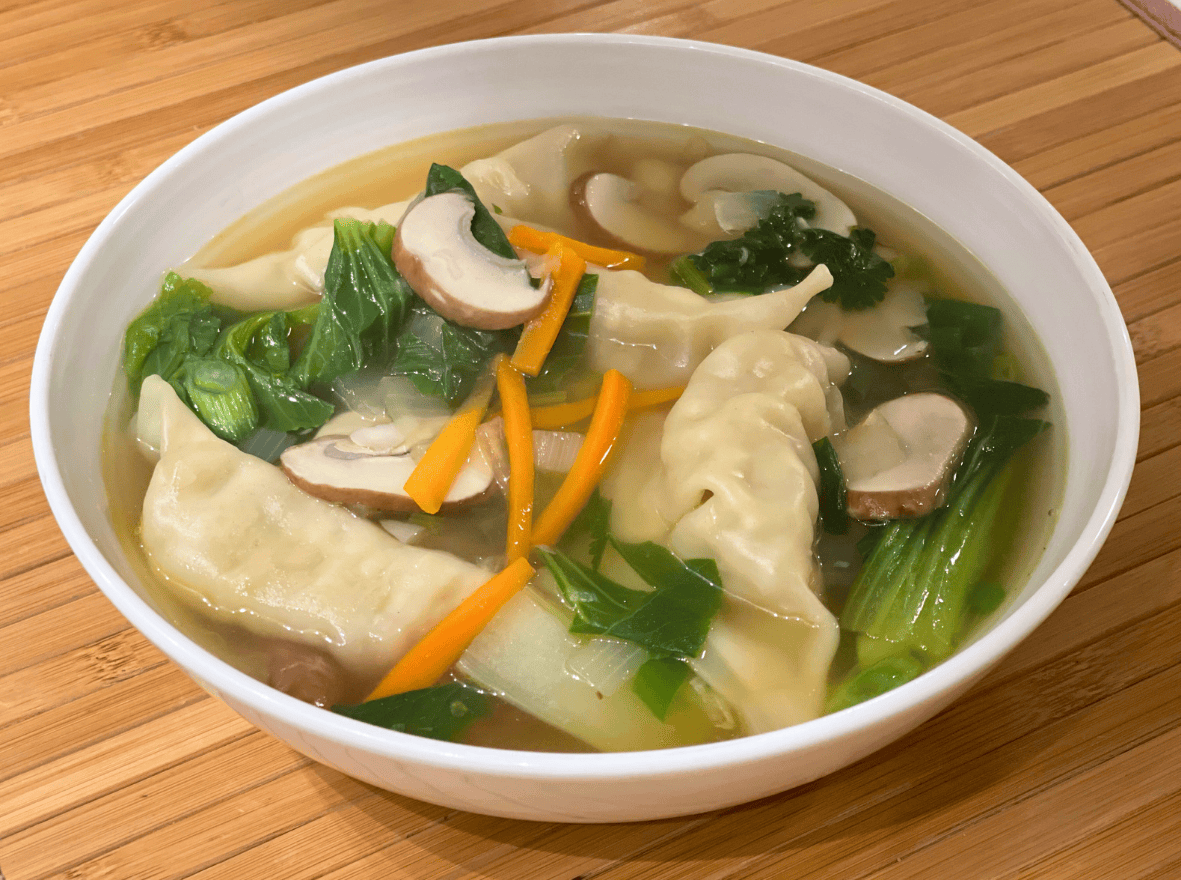
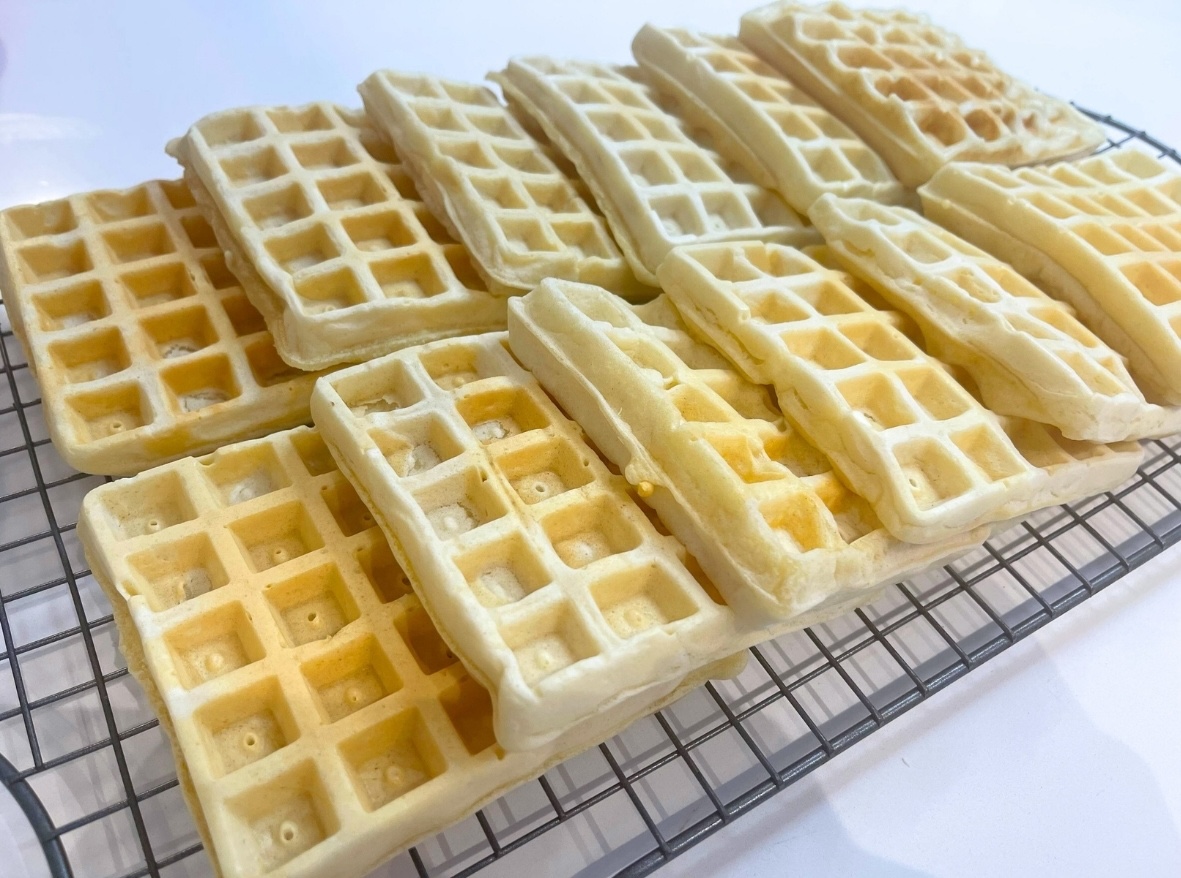
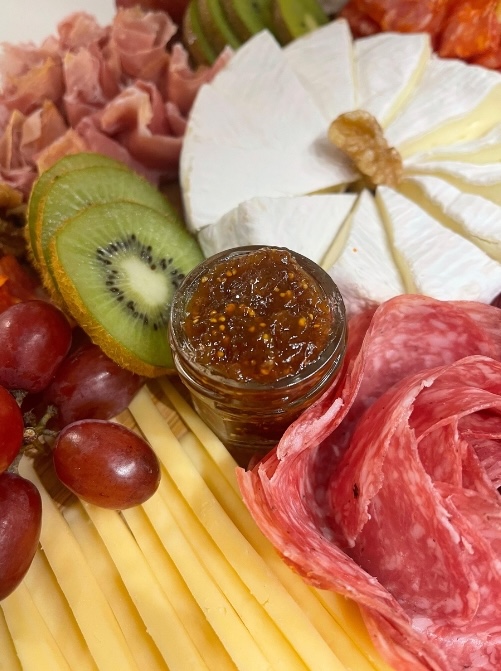
Leave a Reply